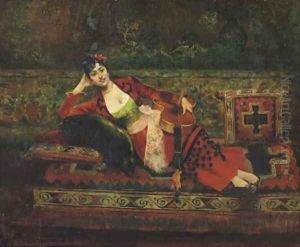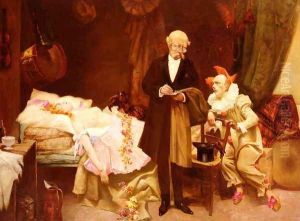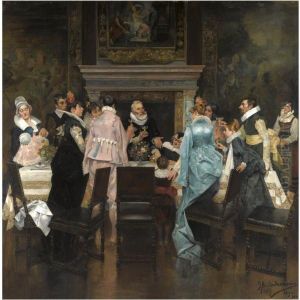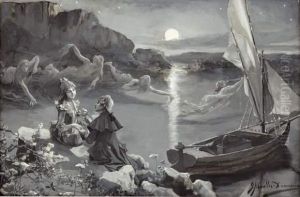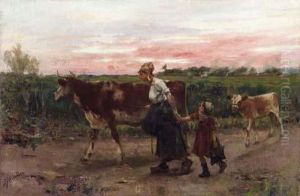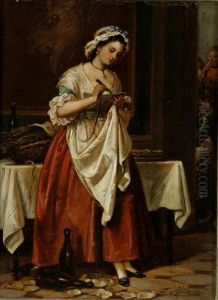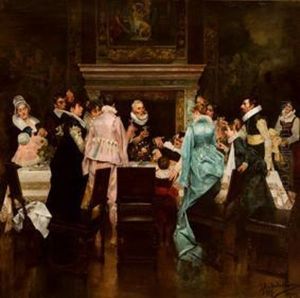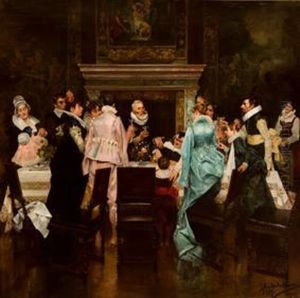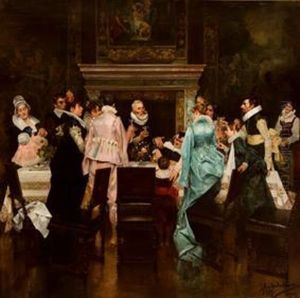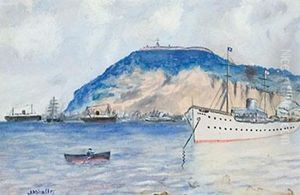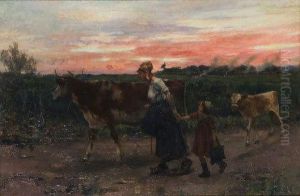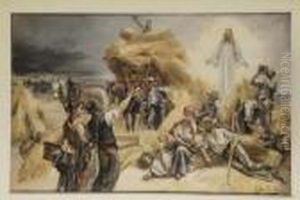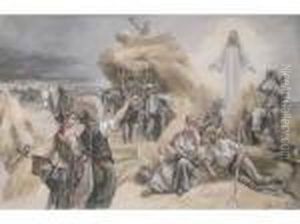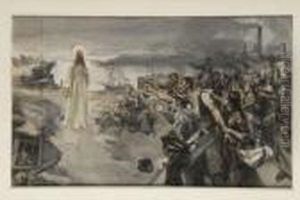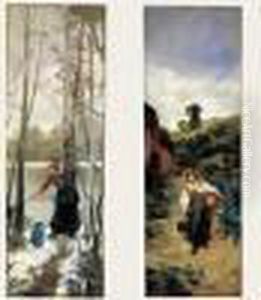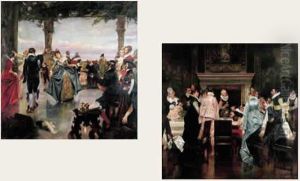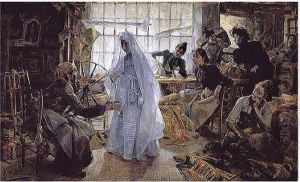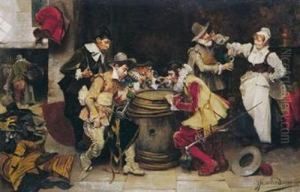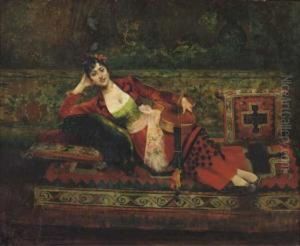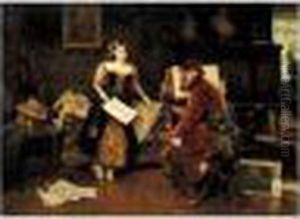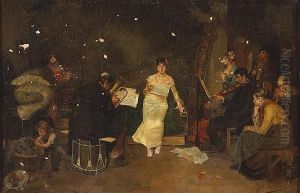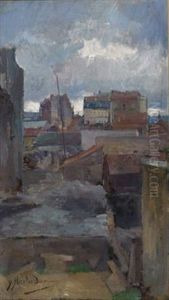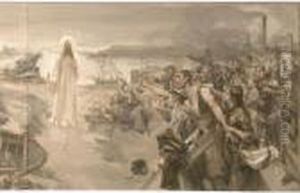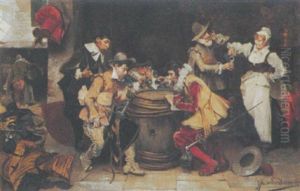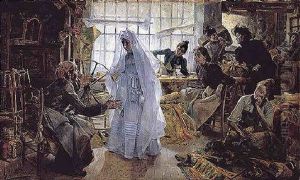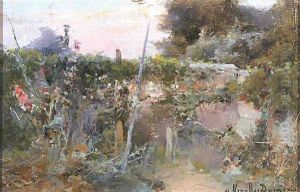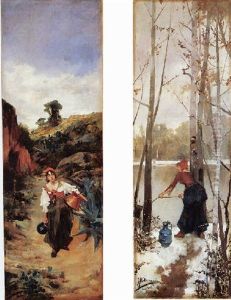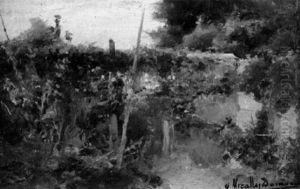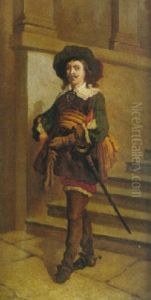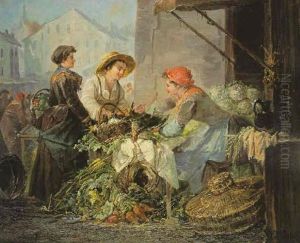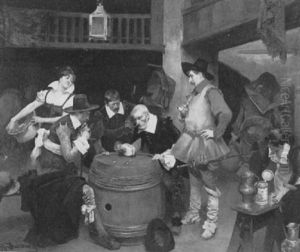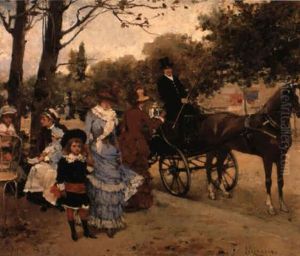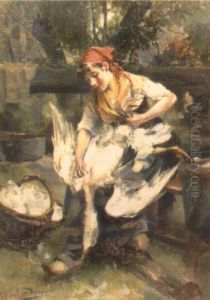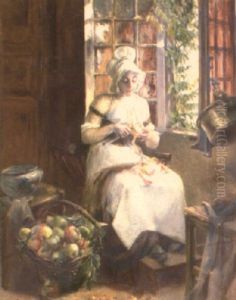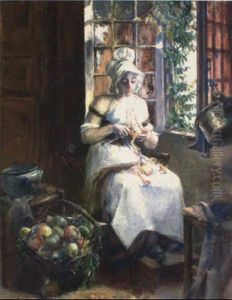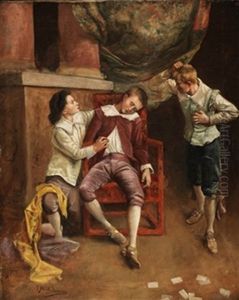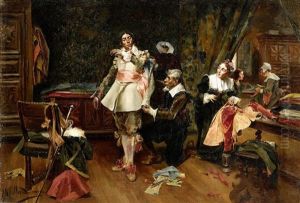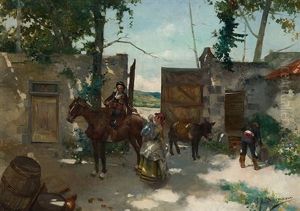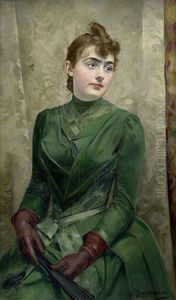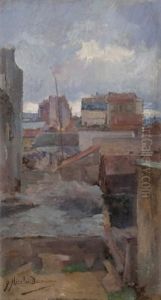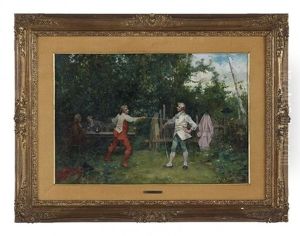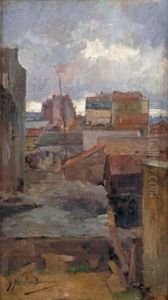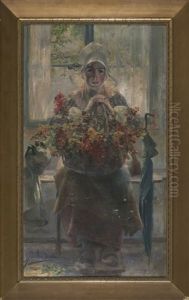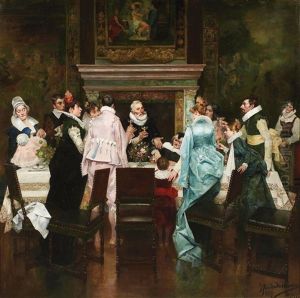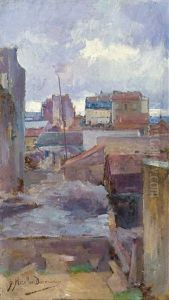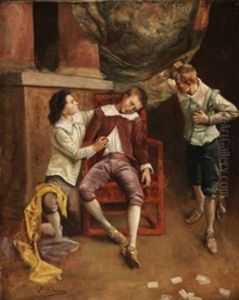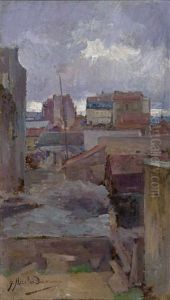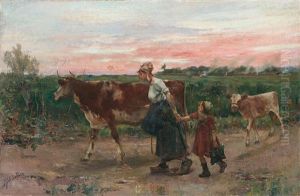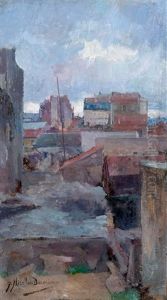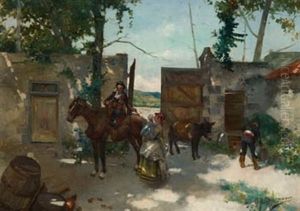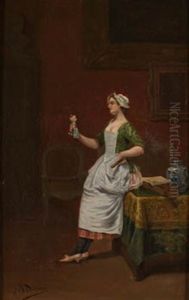Jose Miralles Darmanin Paintings
Jose Miralles Darmanin was a Spanish painter and illustrator known for his detailed and vibrant works that often depicted traditional Spanish themes and folklore. Born in 1872 in Valencia, Spain, Miralles showed an early aptitude for art, which led him to study at the Escuela de Bellas Artes de San Carlos in Valencia. His education there provided him with a classical foundation in painting, which he would later blend with more modernist influences.
Miralles was part of the Spanish art scene at a time when the country was experiencing significant changes, both culturally and politically. His works often reflect a romantic vision of Spain, with a focus on historical and regional costumes, as well as genre scenes that capture the daily life of Spanish people. He was particularly adept at watercolor, a medium that allowed him to express both the subtlety and vibrancy of the scenes he depicted.
Throughout his career, Miralles exhibited his work in various venues, gaining recognition within Spain and abroad. He also contributed illustrations to periodicals and books, which helped to disseminate his vision of Spanish culture to a wider audience. The quality of his illustrations was such that they contributed to the visual identity of Spanish literature and periodicals during the late 19th and early 20th centuries.
Miralles was active during a time of artistic transition in Spain, as the country grappled with its own identity following the loss of its colonies and the challenges of modernity. Despite the shifting artistic trends, he remained true to his style, which was characterized by a blend of realism and a certain idealization of his subjects.
Jose Miralles Darmanin's legacy is that of a painter who captured the essence of Spanish culture during a time of transformation. His works remain a testament to the rich traditions and the vibrant life of Spain at the turn of the century. He passed away in 1945, leaving behind a body of work that continues to be appreciated for its artistic quality and cultural significance.
